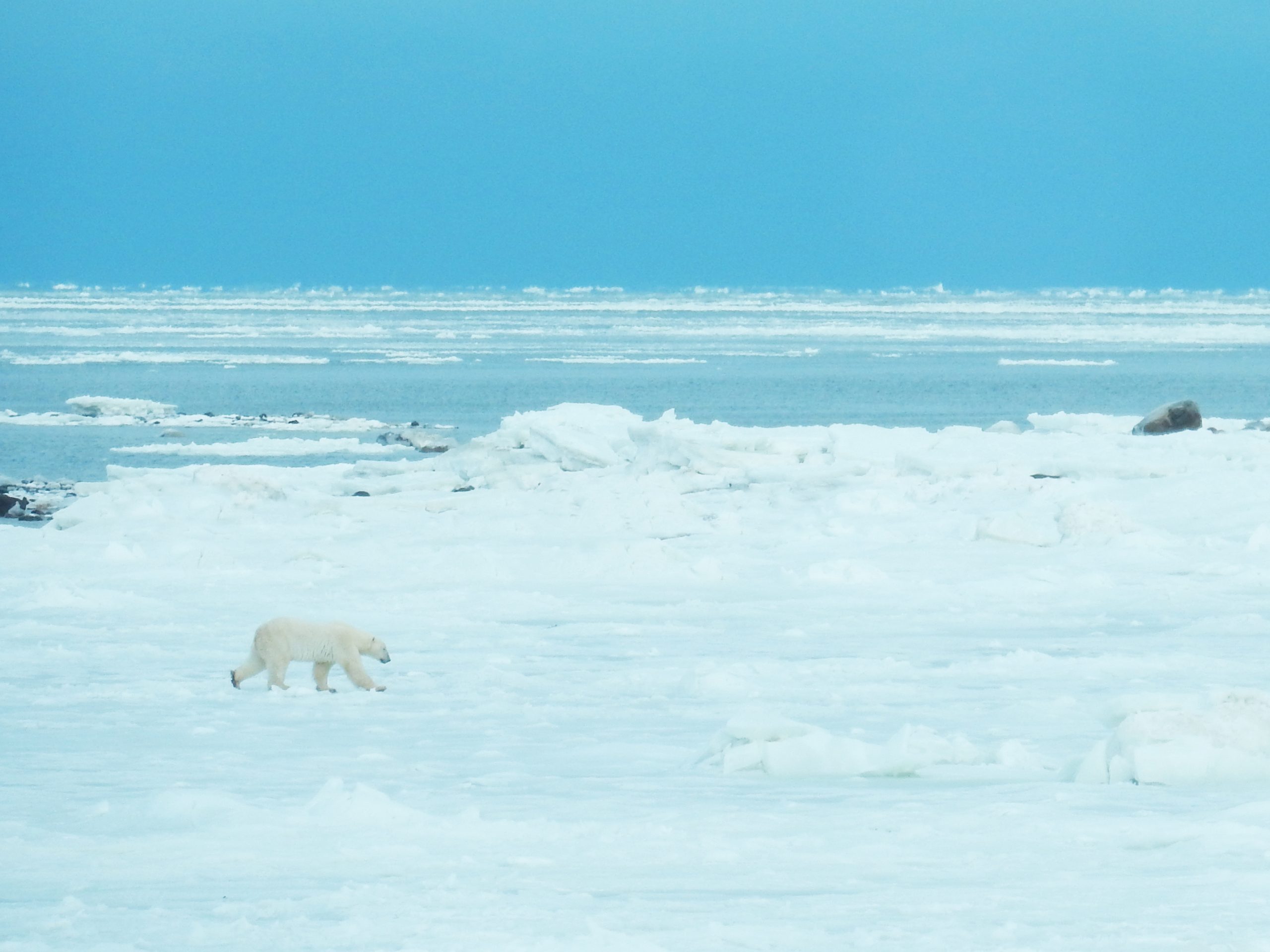
Virtual Symposium, Bilateral Polar Bear Research Collaboration,
Canada and Japan
In Memory of Markus Dyck, Polar Bear Biologist,
Government of Nunavut, Canada
The Maruyama Zoo (Sapporo, Hokkaido) and Assiniboine Park Zoo (Winnipeg, Manitoba) signed a Memorandum of Understanding on climate change-co-operation. Maruyama Zoo, EnVision Conservation Office (Sapporo, Hokkaido), and Conservation Dimensions Inc. (Lasalle, Manitoba) are proud to organize this virtual conference in commemoration of the MoU with Assiniboine Park Zoo.
The symposium website shares findings from experts researching polar bear dynamics in Canada’s Arctic that is particularly sensitive to the impacts of climate change. We dedicate this symposium to the work and memory of Markus Dyck who was an incredibly talented polar bear biologist in Nunavut, Canada. While conducting an aerial survey in April 2021, Markus lost his life in a helicopter crash near Resolute Bay, Nunavut that also took the lives of two crew members.
※ Schedule: 1st December, 2021 – 30st April, 2022
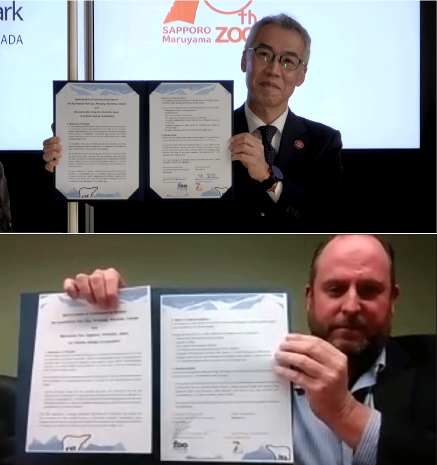
Memorandum of Understanding (MOU) between the Maruyama Zoo and the Assiniboine Park Zoo on Climate Change Co-Operation
Climate changes presents worldwide challenges and huge risks and implication to environments, including threatening wildlife species such as polar bear population.
The Assiniboine Park Zoo and Maruyama Zoo are formalizing their long-standing cooperation with this memorandum of understanding and making clear commitment to fight against climate change.
Greeting
Masatoshi Jin, Director of Maruyama Zoo, Environmental Bureau, Sapporo City
Grant Furniss, Senior Director, Animal Care & Conservation, Assiniboine Park Conservancy
Polar Bear Facility of Maruyama Zoo
The Polar Bear Protection Act and Regulations of Manitoba Government only allow bears that cannot be released back to the wild, to be transferred under a perpetual loan agreement from Manitoba to zoos that meet or exceed the facility and husbandry standards established. These facility and husbandry standards are necessary measures to ensure our polar bear’s health and well-being, therefore, Maruyama Zoo built polar bear facility in accordance with these international standards. The main free range area was developed, with grass and trees on sloping ground so as to produce an environment as close as possible to the natural habitat.
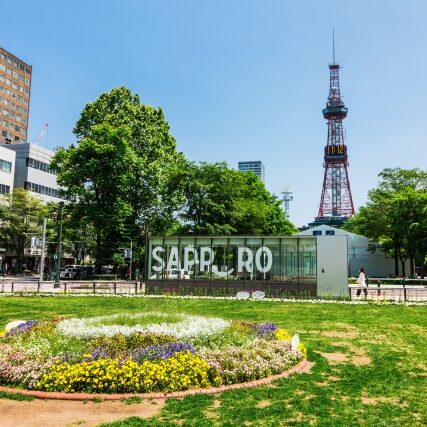
About Us
・ About the background to joint research
・About how Maruyama Zoo connected MoU
・About Sapporo City’s approach to climate change
・ The Assiniboine Park Zoo
Speakers

Leslie Goodman
University of Manitoba
Senior Instructor and Co-Operative Education Coordinator in the Faculty of Environment, Earth, and Resources at the University of Manitoba.
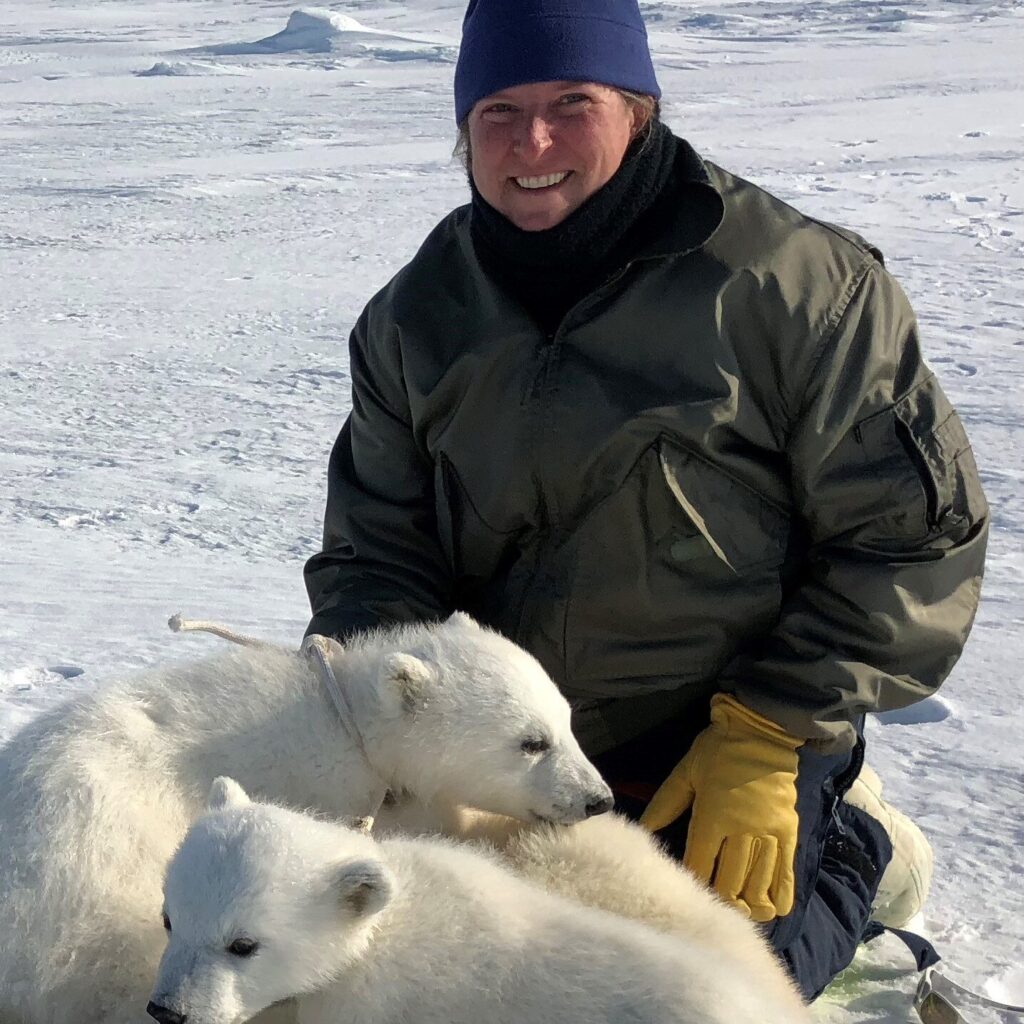
Tricia Fry
University of Wisconsin
PhD candidate in the School of Veterinary Medicine at the University of Wisconsin, using data collected from polar bears from the southern Beaufort Sea subpopulation in her research,
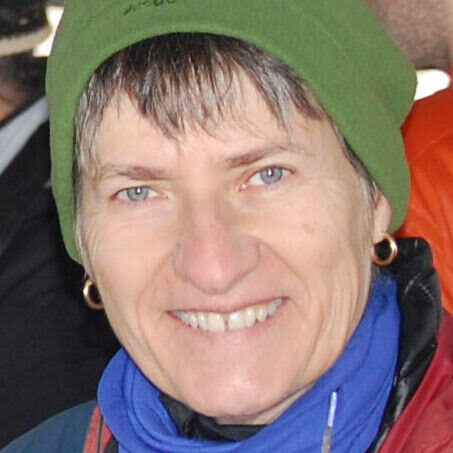
Jane Waterman
University of Manitoba
Professor of Biological Sciences at the University of Manitoba

Stephen Petersen
Assiniboine Park Zoo
Director of Conservation and Research for Assiniboine Park Conservancy which runs Assiniboine Park Zoo in Winnipeg, Manitoba.

Martyn Obbard
Ontario Ministry of Natural Resources
Emeritus Research Scientist with the Ontario Ministry of Natural Resources and Forestry, and adjunct professor in the Environmental and Life Sciences Graduate Program at Trent University in Peterborough, Ontario.
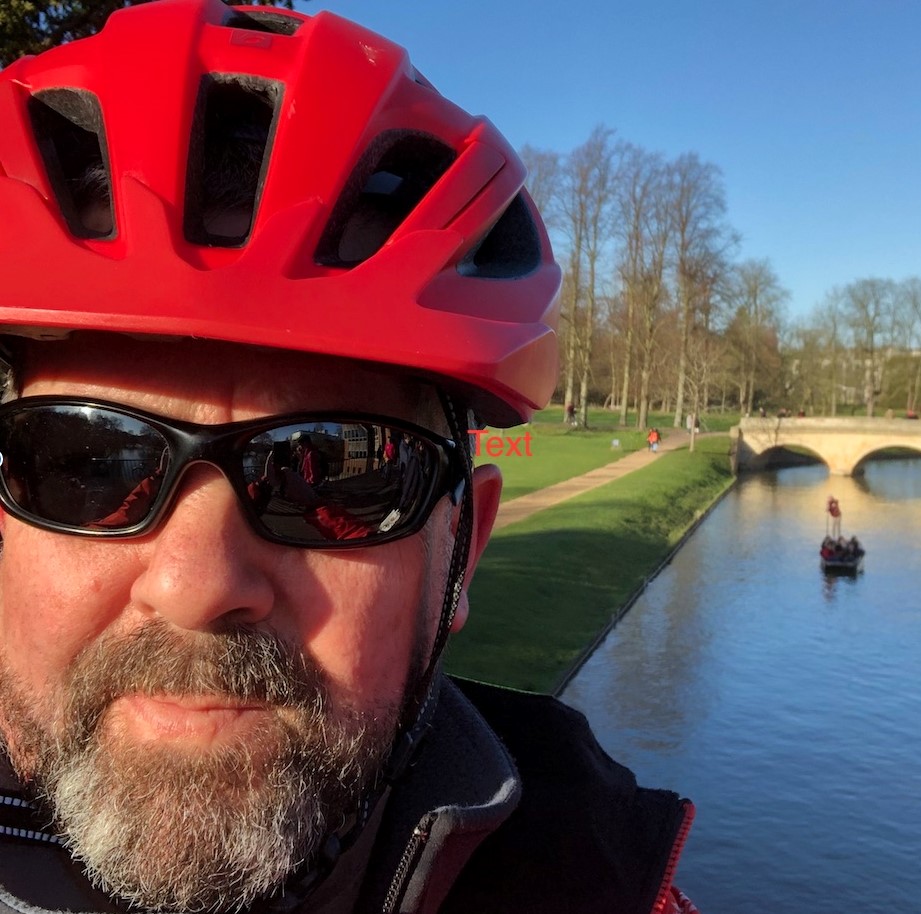
Douglas Clarke
University of Saskatchewan
Acting Assistant Director, Academic, and Associate Professor School of Environment & Sustainability University of Saskatchewan.
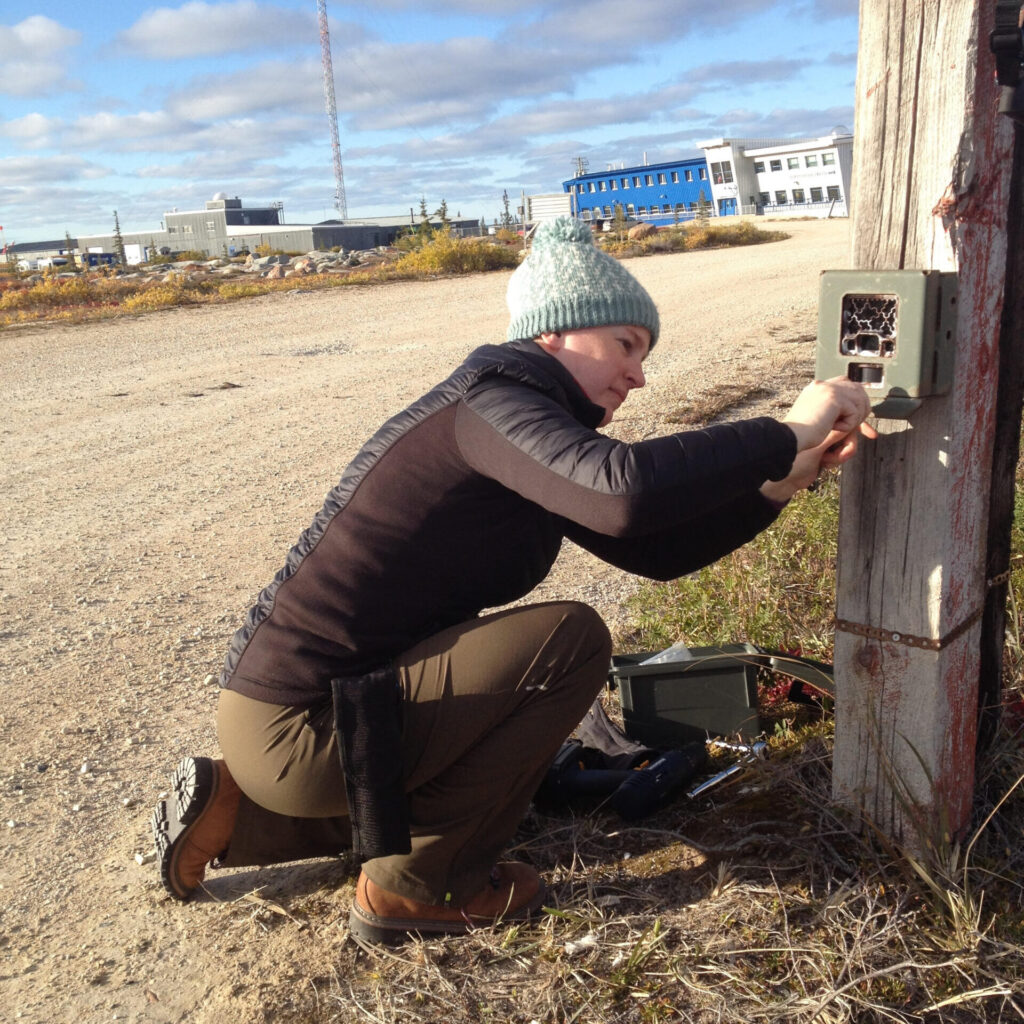
Danielle Rivet
University of Saskatchewan
PhD student in Biology at the University of Saskatchewan, School of Environment and Sustainability, studying the relationships among polar bear behaviour, human activities, and sea ice dynamics as a result of climate change.
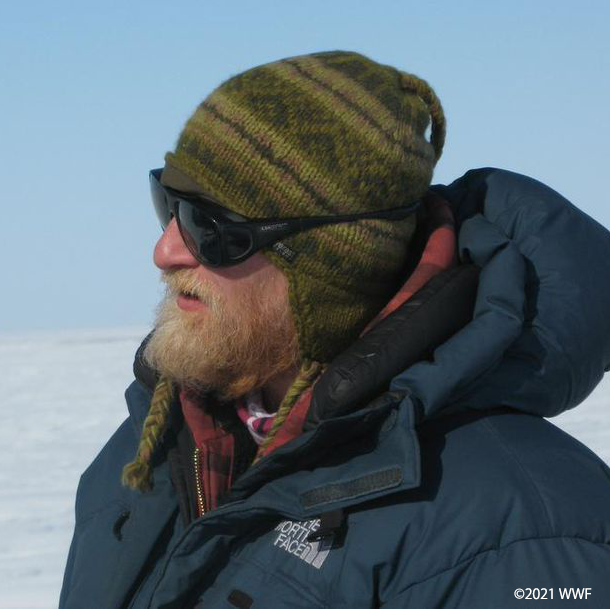
Markus Dyck (Deceased)
Wildlife Management Division, Department of Environment, Nunavut
Formerly wildlife biologist in Nunavut, an incredibly dedicated researcher of polar bears in Canada. A helicopter crash near Resolute Bay in Nunavut took the lives of Markus last spring (April 25, 2021) along with two flight crew memberss.